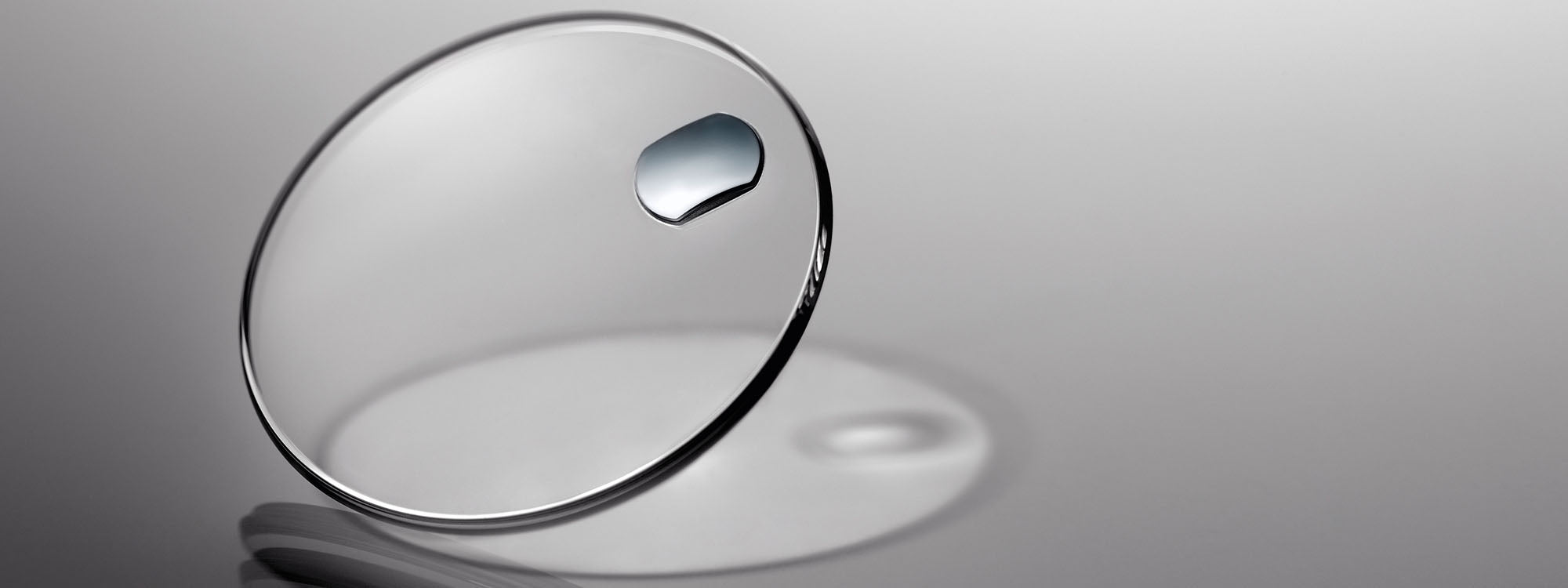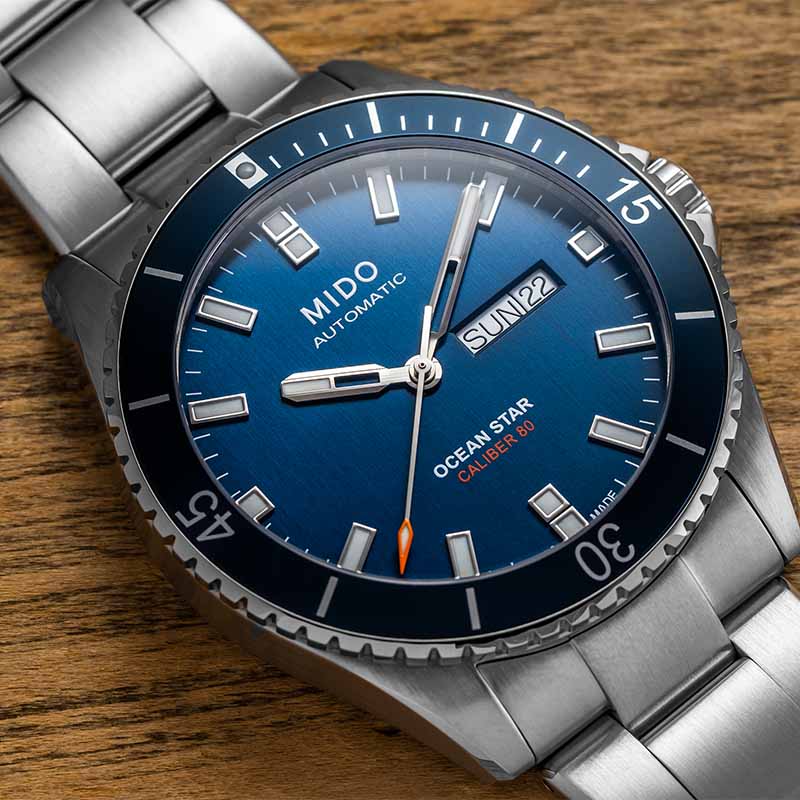Watches differ greatly in their sizes, designs, capabilities, straps and bracelets, and even in the materials used to make their cases. The one element that nearly always seems to be present when we peruse watches’ specifications is the use of sapphire for the crystal (for the newest of newbies, that’s the round, glass window over the dial). Over a certain “luxury” price point, a sapphire crystal is not even seen as a benefit but the baseline standard, like tempered laminated glass in a car windshield. How did sapphire come to play this key supporting role in watch manufacturing, and what did watchmakers use before it came along? For that matter, what differentiates different types of sapphire crystals from each other? Which materials other than sapphire are still being used in the watch industry, and why? And is sapphire being used for anything else in horological circles besides crystals?
What are the properties of sapphire?

Believe it or not, that little lens over the dial of your watch is made from one of the hardest substances on Earth. It is one of two precious gemstones from the mineral variety corundum, the other being ruby. Corundum, a crystallized aluminum oxide, is clear in its purest state; sapphires and rubies receive their blue and red colors, respectively from impurities: traces of titanium, and iron in the former, and of chromium in the latter. Sapphire (above) has a ratio of 9 on the Mohs Hardness scale. Among minerals, only moissanite, a naturally occurring silicon carbide, at 9.5, and diamond, at a perfect 10, are harder. It’s essentially scratch-proof, making it the perfect material to use for a watch crystal, which occupies the most real estate in the front of a watch and is thus likely to take more bumps on hard surfaces than most other exposed areas.

Sapphire, or some version of it, has played a role in watchmaking since 1902, when French chemist Auguste Verneuil developed a process to manufacture synthetic crystals and rubies. The rubies quickly found a useful application, replacing the more expensive, natural jewels that were set into watch movements to serve as friction-reducing ball bearings. However, until about the 1970s, Sapphire crystals appeared only sporadically on certain watch models. According to historians, the first watch with a sapphire crystal was likely a Jaeger-LeCoultre Reverso in the 1930s. Omega started using some sapphire crystals on some — though definitely not all — of its watches in the 1950s. And by the early 1970s brands like Rado (with the Diastar), Enicar (with the Sherpa Star) and Rolex, with the Datejust "Oysterquartz" Ref. 5100 (above, photo via Sotheby's), its first quartz-driven watch, had started using sapphire crystals, which were largely seen as an upgrade over their predecessors, which brings us to the next question:
What other materials did watchmakers use for crystals besides sapphire?
 Traditionally, there have been three materials used extensively in the production of crystals for watches: acrylic, or plexiglas; mineral crystal, and sapphire. Each brings its own set of attributes and drawbacks to the table. Acrylic (often also called Plexiglas or Lucite; Omega coined the term “Hesalite glass” for its version of the material) is essentially a very durable impact-resistant plastic. Acrylic crystals, still used on many lower-priced watches today — and also, notably, on the Omega Speedmaster (above) that most closely resembles the model that went to the moon in 1969, one of the very few “luxury” watches that retains one — boast high optical clarity, dimensional stability, and are lighter in weight and more shatter-resistant than glass. Many tool watches used acrylic crystals regularly for many years because, as a plastic, even if it got scratched it would likely not shatter. On the Mohs hardness scale, however, the material manages only a very pedestrian 3, so the eventual need for a tougher, less scratch-prone substance to protect watch dials was evident early on.
Traditionally, there have been three materials used extensively in the production of crystals for watches: acrylic, or plexiglas; mineral crystal, and sapphire. Each brings its own set of attributes and drawbacks to the table. Acrylic (often also called Plexiglas or Lucite; Omega coined the term “Hesalite glass” for its version of the material) is essentially a very durable impact-resistant plastic. Acrylic crystals, still used on many lower-priced watches today — and also, notably, on the Omega Speedmaster (above) that most closely resembles the model that went to the moon in 1969, one of the very few “luxury” watches that retains one — boast high optical clarity, dimensional stability, and are lighter in weight and more shatter-resistant than glass. Many tool watches used acrylic crystals regularly for many years because, as a plastic, even if it got scratched it would likely not shatter. On the Mohs hardness scale, however, the material manages only a very pedestrian 3, so the eventual need for a tougher, less scratch-prone substance to protect watch dials was evident early on.

Enter mineral glass, which is made from silica in a process similar to making tempered glass for fitted windows. Still used in many watches considered “midrange,” mineral glass is more transparent than acrylic and also much harder and more scratch-resistant. Mineral glass is relatively inexpensive to manufacture in comparison to synthesized sapphire and is less reflective, but it is likely to take more scratches than sapphire. Seiko’s proprietary Hardlex material is a type of mineral glass, which the Japanese brand tends to use on its lower-priced mechanical watches, like the 5 Sports model above. As is often the case, it was Rolex’s adoption of sapphire for its crystals in the early ‘70s that nudged open the floodgates for other luxury watchmakers to start following suit. Sapphire’s benefits were evident, including the aforementioned hardness and extreme scratch-resistance, and outweighed, for most watchmakers and most consumers, its few drawbacks. These included the added expense to produce sapphire crystals — because of the hardness, one needed a diamond-tipped saw to cut them into shape — and its propensity to shatter under extreme impact rather than take hairline fractures. Sapphire also wasn’t naturally as clear as its acrylic or mineral predecessors. Technical breakthroughs in horology, however, mitigated most of these issues, like the use of antireflective coating detailed below.

While sapphire crystals are clearly (no pun intended) the standard for watches made at and above a certain level of quality, some watch brands continue to branch out into other high-tech materials as alternatives, for both economical and aesthetic reasons. Large manufacturers like Timex and microbrands like Vortic (above) have both used Gorilla Glass, made by Corning, for watch crystals. Gorilla Glass is nearly as hard as sapphire, and less scratch-resistant, but more shatterproof — hence its wide usage for display screens on tablets, smartphones, laptops and (of course) smartwatches.
How do watchmakers optimize their use of sapphire?
 Most sapphire crystals on watches are finished with anti-reflective coating (abbreviated AR) on at least one surface of the crystal, outside or inside. The use of AR coating, which consists of applying transparent layers in a physical vapor deposition (PVD) process, greatly reduces the bright glare that results when light hits untreated sapphire, which can detract from the readability of the dial. Applying the coating to both the inside and outside surfaces is the most ideal solution, as it will effectively eliminate glare altogether, but might also present problems with scratches on the outside, as the coating is not as scratch-resistant as the sapphire itself. For this reason, many watchmakers apply the coating only on the inside surface, which is less likely to encounter scratching. Depending on a watch’s intended usage — tool watch, dress watch, sport watch, or something in between — its sapphire crystal could also be domed, which further reduces light distortion that could render the dial illegible in certain environments, such as underwater; flat, which helps reduce a watch’s overall thickness and weight on the wrist; or extra-thick in the cases of dive watches built to descend to an extreme depth, such as the Sinn U1, Oris ProDiver, Orient Star 300M, and Rolex Deepsea (above). Sapphire crystals average around 1.0 to 1.5mm in thickness, but some of the most rugged tool watches have crystals up to 5mm thick.
Most sapphire crystals on watches are finished with anti-reflective coating (abbreviated AR) on at least one surface of the crystal, outside or inside. The use of AR coating, which consists of applying transparent layers in a physical vapor deposition (PVD) process, greatly reduces the bright glare that results when light hits untreated sapphire, which can detract from the readability of the dial. Applying the coating to both the inside and outside surfaces is the most ideal solution, as it will effectively eliminate glare altogether, but might also present problems with scratches on the outside, as the coating is not as scratch-resistant as the sapphire itself. For this reason, many watchmakers apply the coating only on the inside surface, which is less likely to encounter scratching. Depending on a watch’s intended usage — tool watch, dress watch, sport watch, or something in between — its sapphire crystal could also be domed, which further reduces light distortion that could render the dial illegible in certain environments, such as underwater; flat, which helps reduce a watch’s overall thickness and weight on the wrist; or extra-thick in the cases of dive watches built to descend to an extreme depth, such as the Sinn U1, Oris ProDiver, Orient Star 300M, and Rolex Deepsea (above). Sapphire crystals average around 1.0 to 1.5mm in thickness, but some of the most rugged tool watches have crystals up to 5mm thick.
What else is sapphire used for in watchmaking?

For most watch manufacturers, sapphire is used almost exclusively for crystals; many watches these days feature one both in the front (for the standard dial protection) and in the back (for showing off the movement through a window). Sapphire is also used for the dials of skeleton watches, like the Zenith Defy Extreme above, as the primary appeal of such timepieces is that they offer an open view of the movement, which can only be accomplished through a transparent dial surface.

More bold and difficult in their execution are the sapphire cases that a handful of watch maisons have dabbled in making during the last decade-plus. Max Büsser’s MB&F brand was one of the first to introduce one, on its Horological Machine 2 SV. Other trendsetters like Richard Mille, with its RM 056 model in 2012, and Hublot, with numerous versions of its Big Bang Unico Sapphire model, have followed suit. Hublot has particularly pushed the envelope in its use of sapphire, not only developing new difficult-to-achieve colors of the material but also using it for both a case and a bracelet in its Big Bang Integral Sapphire and even for a tourbillon bridge in its Big Bang Sapphire Tourbillon.





















































7 Comments
That was a great article. Thanks !
Great article! My watches with sapphire crystals endure so much abuse that I barely consider any watches without them.
Great article! My watches with sapphire crystals endure so much abuse that I barely consider any watches without them.
A fascinating article into the use of sapphire for watches. Informative and very interesting
Very interesting and informative. Well written article.
Great piece on the history of sapphire. It is interesting to see some watch micro brands purposely using Hesalite to get the vintage feel.
Very informative and entertaining